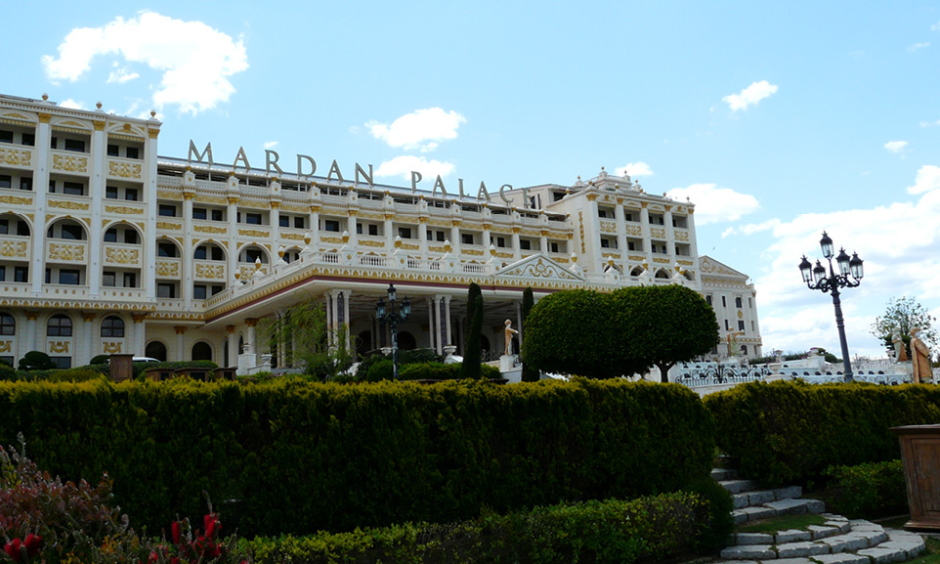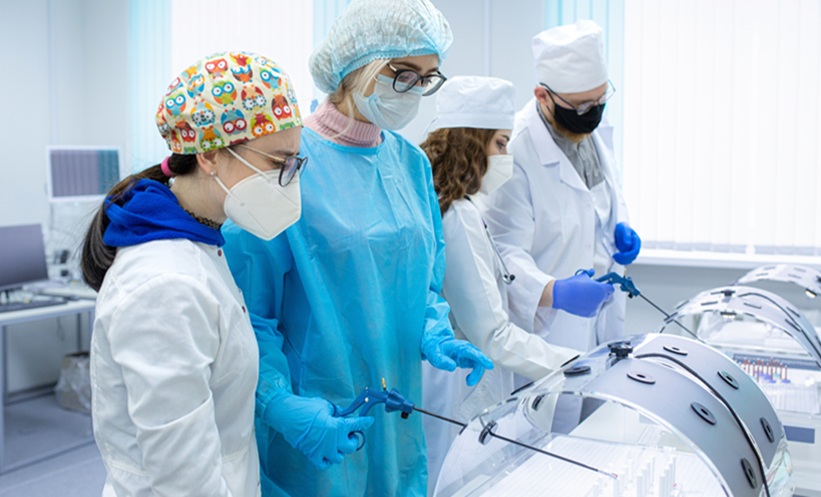Abstract
We evaluated the outcomes and complications occurring following percutaneous nephrolithotomy (PCNL) procedures performed in paediatric patients. There were 291 paediatric patients (293 renal units) included in the current study and who underwent PCNL in our clinic between March 1999 and December 2014. We evaluated stone burden, duration of surgery and complications, success (stone-free) rate, residual fragments and auxilliary procedures, and follow-up details. The stone-free rate following PCNL was 88.3%. Early postoperative complications included excessive bleeding and transfusion in nine patients, and prolonged urinary extravasation following removal of the nephrostomy tube and requiring JJ stent placement in eight patients. The mean time to catheter removal was 2.8 days and the mean hospitalisation time was 3.5 days. The aim of kidney stone treatment is to achieve minimal kidney damage with the highest success rate. Therefore, minimally invasive procedures are important in the paediatric age group where life expectancy is high. PCNL is a safe and effective procedure for the treatment of kidney stones in children.
Please view the full content in the pdf above.








